Introduction
Tissue Engineering (TE) aims to regenerate a tissue instead of replacing it. To do so, scaffolds are used. They are porous, biocompatible, biodegradable, and bioresorbable structures which mime the tissue’s extra cellular matrix (ECM). Stem cells are seeded on the scaffold, they penetrate into the pores and differentiate into the tissue cell type. Different technologies are used to fabricate scaffolds, such as additive manufacturing (AM), modern ones.
Goal
This thesis aims to design and realize 3D printed scaffolds for bone tissue engineering with a commercial bioplotter, the Cellink INKREDIBLE+. They were made of a compound material: a polymeric matrix of polycaprolactone (PCL) reinforced with 10% hydroxyapatite (HA) nanoparticles in weight. The main goal is to show how the HA reinforcement brings enhancement to the scaffolds’ mechanical and biological properties, compared to plain PCL ones.
Materials and Methods
First part of the work consisted in the PCL bioprinting characterization with the Cellink INKREDIBLE+, to gain the best printing parameters. Then, cylindrical scaffolds were designed with SolidWorks and printed. Compression and cells viability tests were then conducted on both plain PCL and PCL/HA 90/10 scaffolds.

Results
PCL shows weak mechanical properties. This means plain PCL scaffolds cannot sustain the loads the bone is tipically subjected to. HA causes hardening, and so the scaffold can sustain higher loads. Cell viability resulted higher in reinforced samples.


